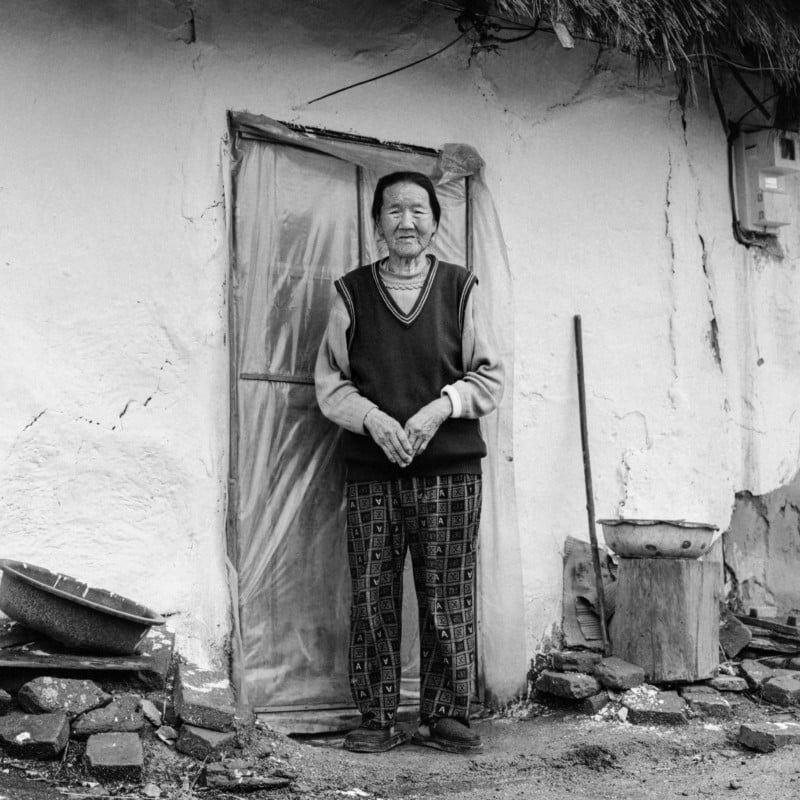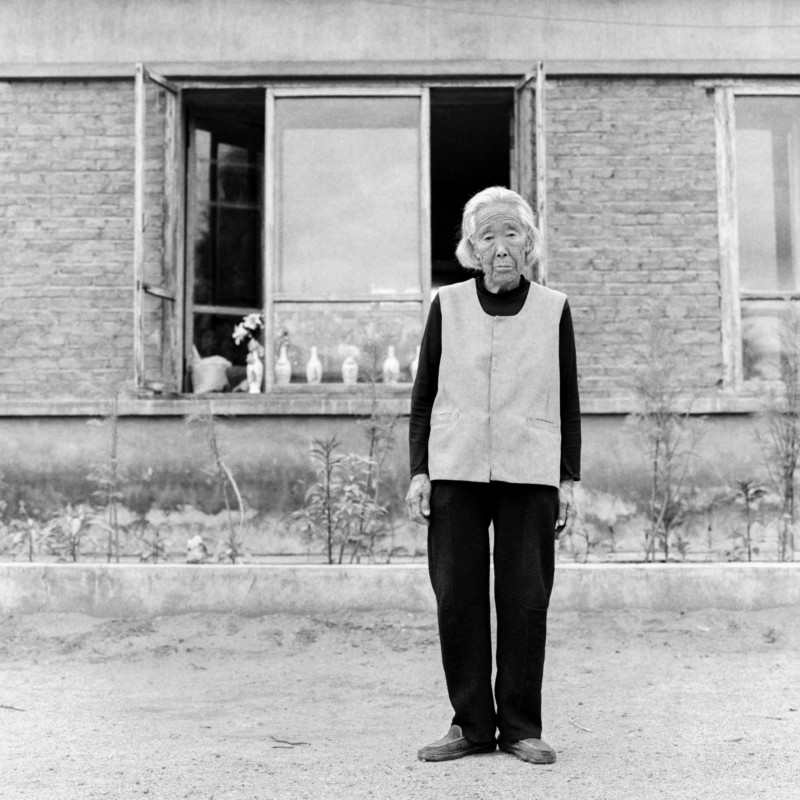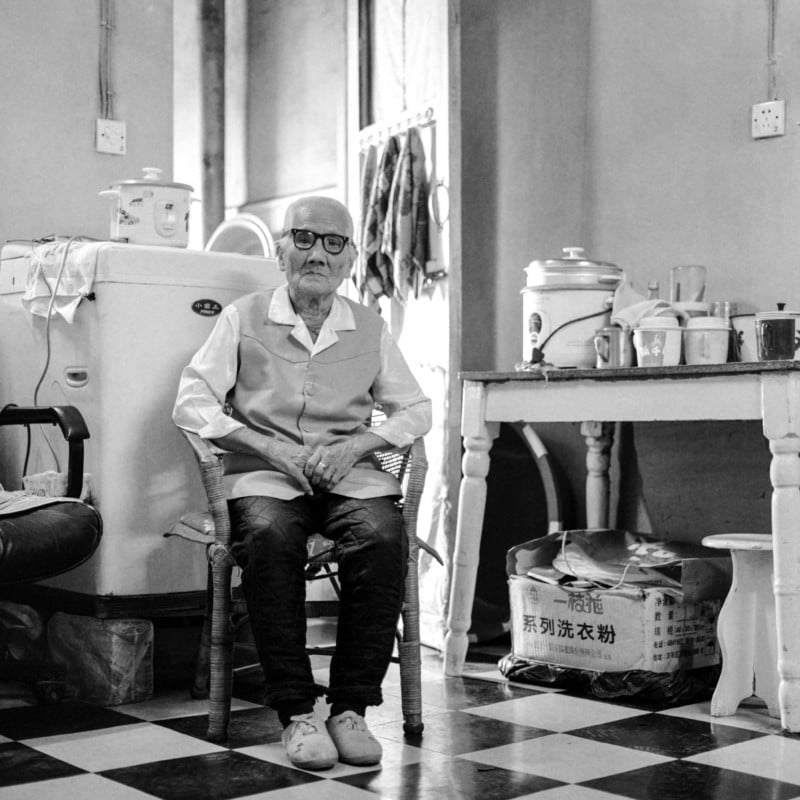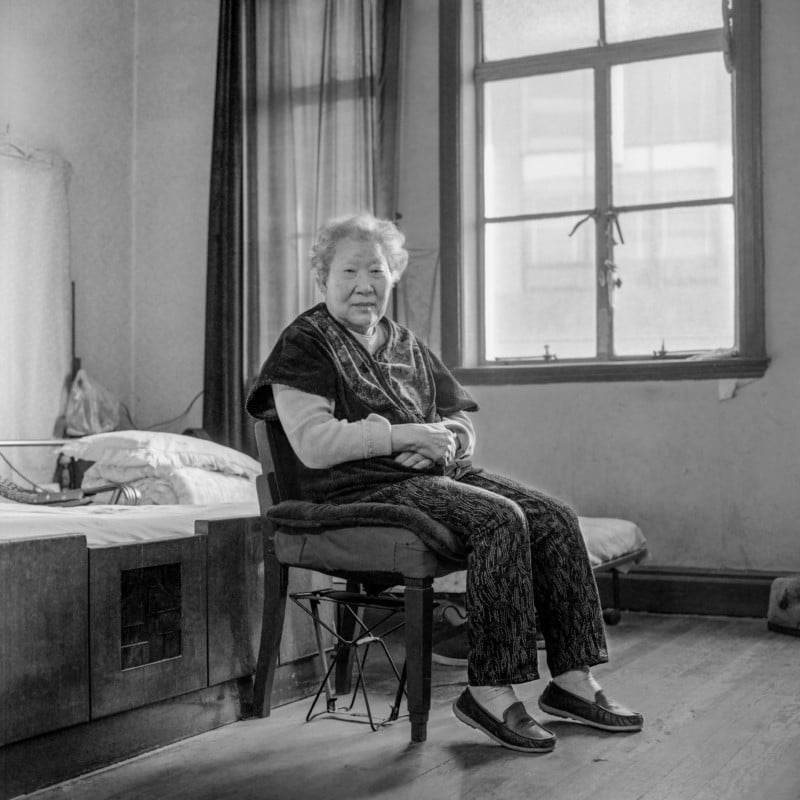Photographer’s Portraits of ‘Comfort Women’ Confront Japan’s Colonial Past

Tsukasa Yajima’s photographs of comfort women, girls forced into sexual slavery by the Imperial Japanese Army, underline the importance of remembering atrocities of the past.
Between 1932 and 1945, Japan forced women from occupied Korea to become military sex slaves and the dark legacy remains politically divisive to this day.
Yajima, who is Japanese himself, set about to win the trust of survivors by going to live and work in the House of Sharing, a nursing home in Seoul, South Korea, where the comfort women reside.
Yajima tells PetaPixel that it was not straightforward to gain the elderly women’s confidence owing to him being a photographer, a man, and Japanese.
“It was not easy at the beginning. One survivor, in particular, was strongly against my stay in the House of Sharing as a staff member,” explains Yajima.
“So, I tried to learn the Korean language as quickly as possible so that I could talk with her about my ideas concerning history, politics, and so on.”

Yajima says that when he studied history in Tokyo he learned from foreign students Japan’s “untaught modern history” and became interested in his country’s colonialism and war crimes.
Eventually, Yajima began to communicate with the skeptical woman who eventaully accepted him as a family member in the House of Sharing.
“She has dementia today but can still recognize me exactly well, that’s my honor,” he adds.
Shooting Portraits of Comfort Women
Yajima shot the photos in black and white on a Hasselblad film camera with an 80mm lens using just natural light. He modified a small storage room into a dark room in the House of Sharing where he could develop films and makes prints.
“They were not patient and I had to wait until they said to me, ‘Hey, do you want to take my photo now?'” He says.
“Shooting duration was shorter than five minutes mostly at each session. Sometimes I was allowed to take only a couple of pictures. The camera had to be prepared in advance and kept by my side in the office.”

Yajima says that the goal of his photography is to connect the comfort women survivors to modern societies.
“Sexualised violence against women in war or conflict areas is happening even today, continuously,” he says.
“I hope comfort women history is accepted as a good example among our societies to stop violence against women in the future.”

Yajima because interested in photography as an expression after visiting an exhibiton by Sebastião Salgado.
“It was important for me to think of myself as a ‘Japanese man’ who grew up in a patriarchal society,” he says.
“Comfort women history and its issue show me various important themes. As it is not only a war crime, but also problems of colonialism, racism, military culture, misogyny, revisionism, and denialism of history.”
Bone of Contention
The issue of comfort women is still contentious between South Korea and Japan with the latter sometimes reluctant to fully admit responsibility for its war crimes.
An estimated 200,000 women, a large portion of which were Korean, were forced into brothels to be comfort women for Japanese troops. Comfort women is a translation of the Japanese word ianfu, which literally means comforting, consoling woman.
Yajima is currently displaying his photos in Gwangju, South Korea in an exhibit entitled Put It Down, Remember.
More of his Yajima’s can be found on his website.
Image credits: All photos by Tsukasa Yajima.